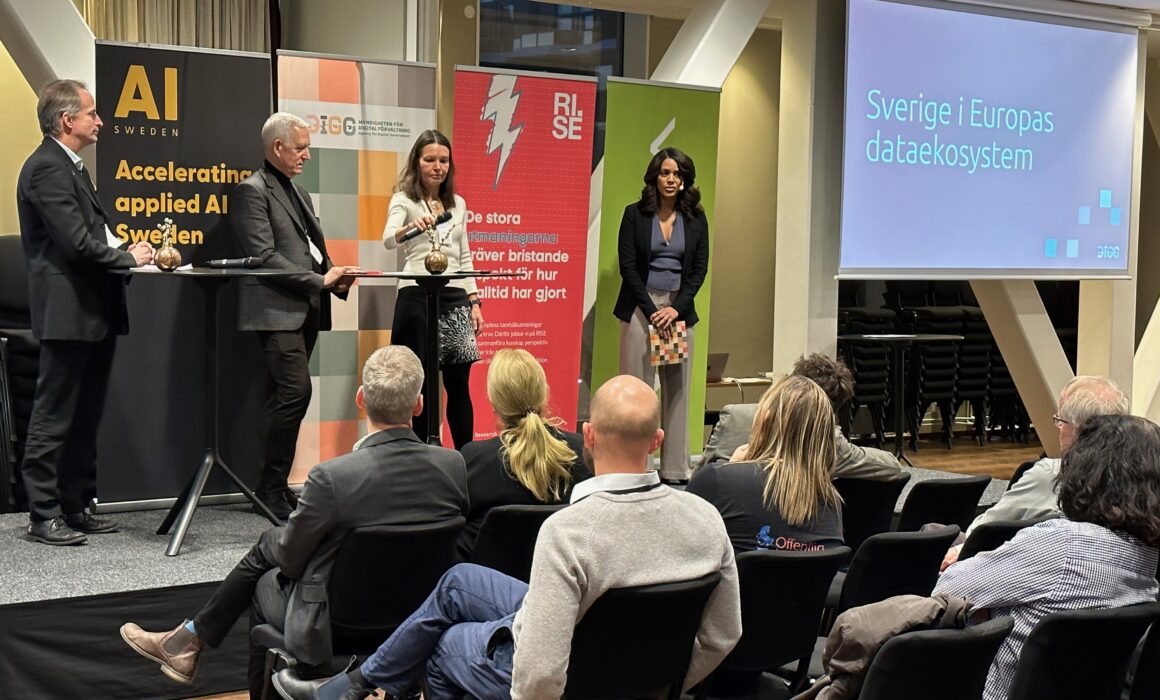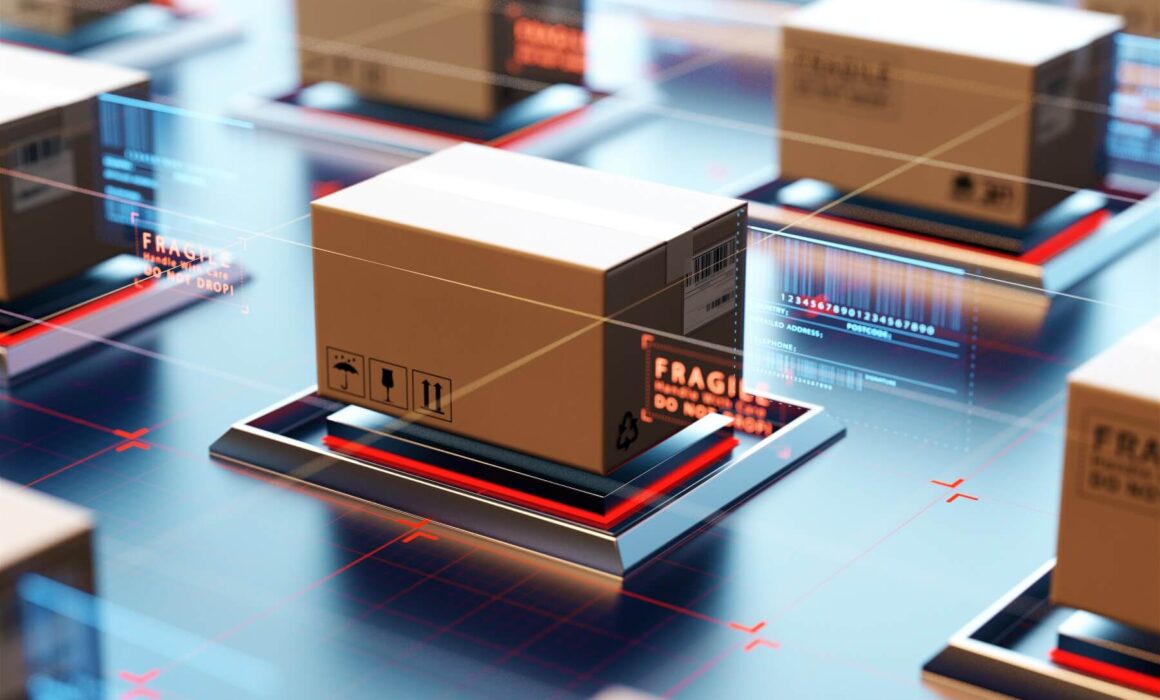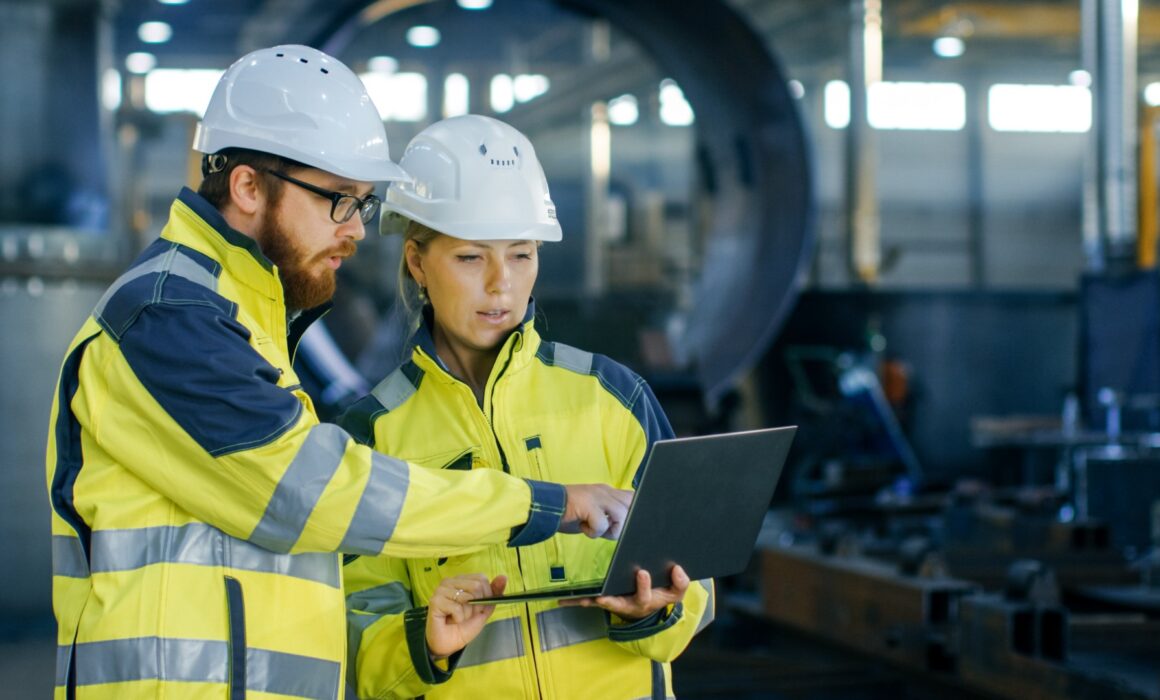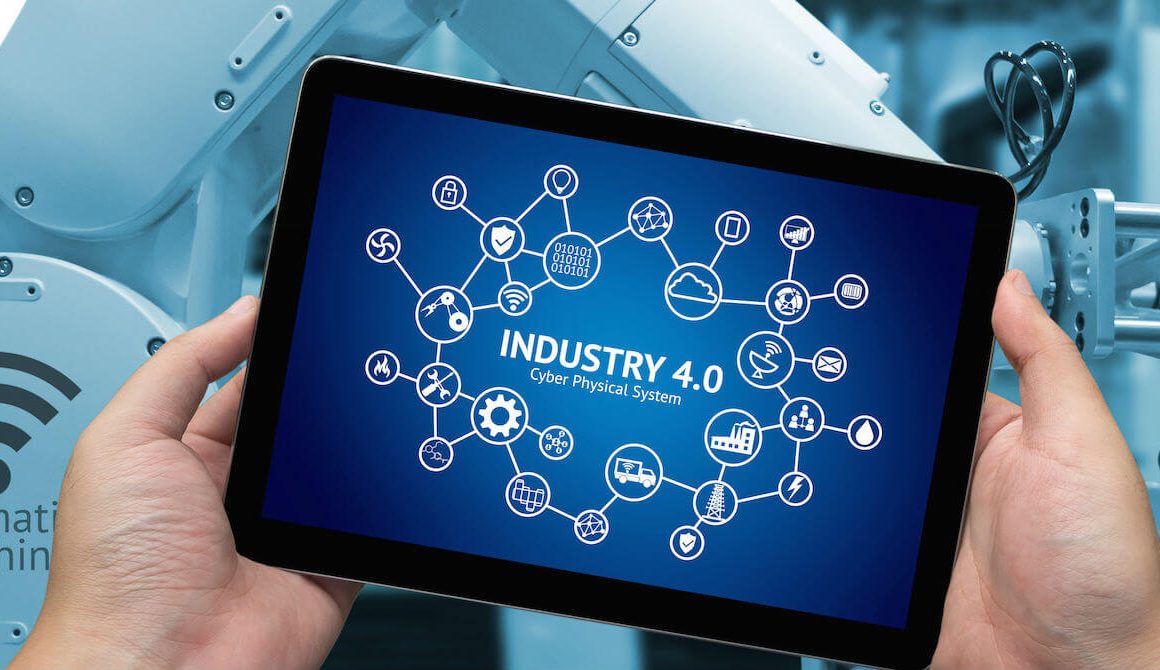Digitala Stambanan Produktion – Digital platform poetry
New technology enables things that we could not do before. A very interesting aspect is being able to augment one’s abilities. This was shown and discussed at the event “The Future of Work in the World of Augmented Reality“, which was organized by PTC & Accenture and took place last week at the Stena Industry Innovation Lab, Chalmers University, in Gothenburg, hosted by Professor Johan Stahre.
Inspired by this meeting, we here want to show how even engineers like us can enhance our abilities and devote ourselves to poetry (digital platform poetry via ChatGPT).
Digitalization is the path we must take,
A key to competitiveness we cannot forsake.
Through value chains and collaboration, we can transform,
Our industries and businesses, and weather any storm.
With data and AI, we can unlock new potential,
And create more value that’s truly exponential.
From production to distribution, it’s all connected,
And digitalization is the glue that keeps us protected.
Digital platforms enable us to collaborate,
And share our knowledge with those who innovate.
We can build smarter systems and sustainable solutions,
And improve our competitiveness through digital revolutions.
It’s not just about profit, but industry’s future too,
Digitalization can help us create a world that’s new.
From automation to efficiency, we can make a difference,
And build a brighter future for our industrial existence.
So let’s embrace digitalization and its potential,
And unlock a world that’s truly exceptional.
Together we can build a future that’s bright,
And create a world that’s better, more efficient, and just right
Digitala Stambanan strengthens the Swedish industry through digitalization of value chains. The project is a collaborative project financed by Vinnova and participating companies. The work is now underway in two tracks through the strategic innovation programs PiiA (Processindustriell IT & Automation), which drives the Digitala Stambanan IndTech project, and Produktion2030, which runs the Digitala Stambanan Produktion project.

















Recent Comments